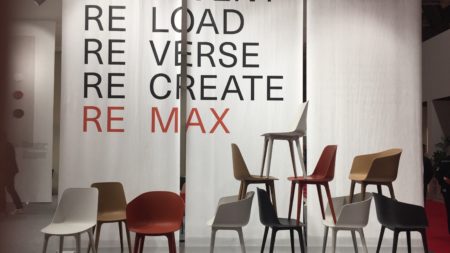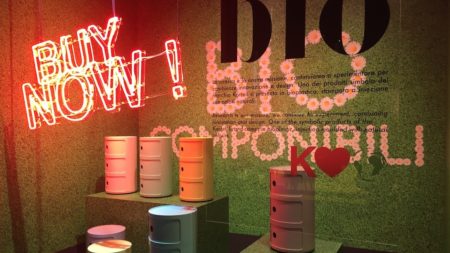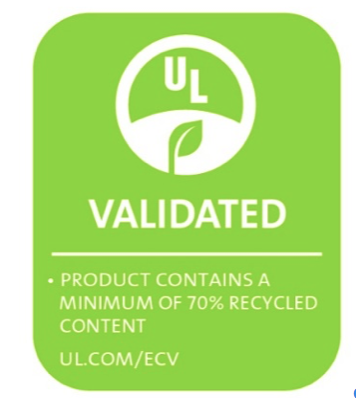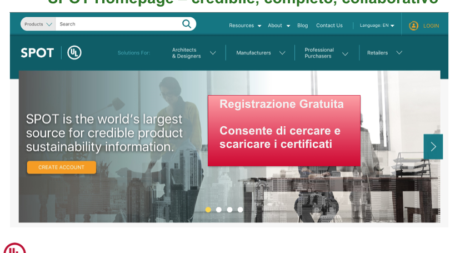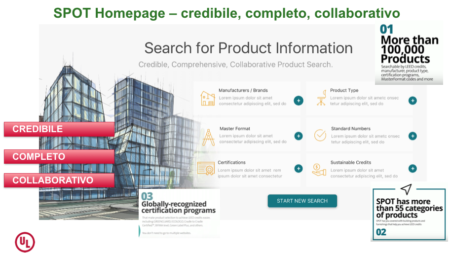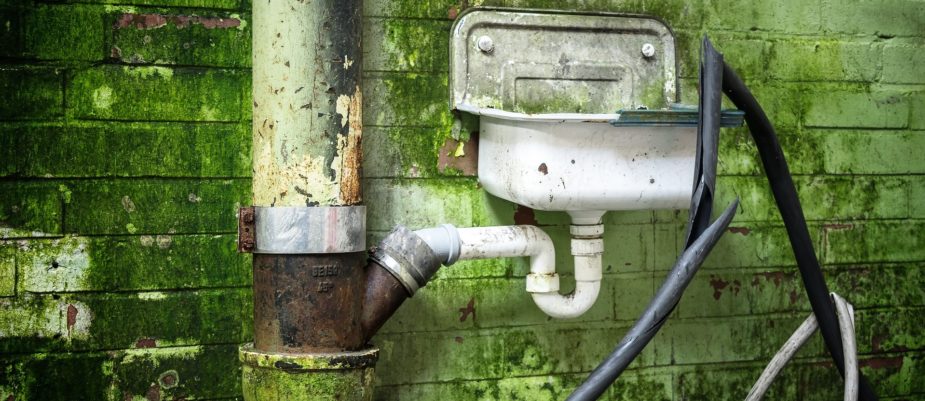
Sustainability is an abused word; also on the occasion of Milan Design Week it was often used as a marketing tool without a real confirmation in the facts: that is what we talk Greenwashing.
On this issue we discuss with Elena Veneziani, Business Development Manager, UL’s Environment and Sustainability Division, who in seven points explains why Greenwashing damages the “greener product” marketplace.
Green wash (grēn’wŏsh’, -wôsh’) verb: the act of misleading consumers regarding the environmental practices of a company or the environmental benefits of a product or service.
“Green washing” damages the “greener product” marketplace by: generating purchaser skepticism about the entire marketplace of greener product claims; reducing consumer confidence; increasing the potential for regulatory oversight due to consumer complaints.
Sin #1: Sin of the Hidden Trade Off
This sin is committed by suggesting a product is ‘green’ based on one or two attributes while ignoring other important environmental issues.
Paper, for example, is not necessarily environmentally-preferable just because it comes from a sustainably-harvested forest. Other important environmental issues in the paper-making process, including energy, greenhouse gas emissions, and water and air pollution, may be equally or more significant.
Sin #2: Sin of No Proof
This sin is committed by any environmental claim that cannot be substantiated by easily accessible supporting information, or by a reliable third-party certification
Common examples are tissue products that claim various percentages of post-consumer recycled content without providing any evidence.
Sin #3: Sin of Vagueness
This sin is committed by any environmental claim that is so broad or poorly defined that its real meaning is likely to be misunderstood by the purchaser or end consumer.
“All-natural” is an example. Arsenic, uranium, mercury, and formaldehyde are all naturally occurring, and poisonous. “All natural” isn’t necessarily “green”.
Sin #4: Sin of Irrelevance
This sin is committed by making an environmental claim that may be truthful but is unimportant and/or unhelpful for purchasers or consumers looking for genuinely greener products.
“CFC-free” is a common example, since it is a frequent claim despite the fact that CFCs are banned by law.
Sin #5: Sin of Lesser of Two Evils
This sin is committed by claims that may be true but that risk distracting the purchaser or consumer from the greater environmental impacts of the category as a whole.
Organic cigarettes might be an example of this category, as might be fuel-efficient sport-utility vehicles.
Sin #6: Sin of Fibbing
This sin is committed by making environmental claims that are simply false. The most common examples were products falsely claiming to be Energy Star certified or registered.
Sin #7: Sin of Worshiping False Labels
This sin is committed by a product that gives the impression (through the use of words or images or both) of third-party endorsement where no such endorsement actually exists; fake labels, in other words.
The contribution from a third party, such as UL that applies science in the certification and validation processes, can help manufacturers to identify the best ways and terms to use on their “green” products. Through laboratory tests and / or inspections, a credible and recognized mark is issued that contains all the essential elements for the consumer to track the information and standards that have allowed the use of a particular “sustainability claim”. Through the Environmental Claim Validation, or Environmental Assertion Validations, it is possible to distinguish the products and companies that have really undertaken a strategy aimed at all-round sustainability.
Anatomy of a credible mark
- A qualifying statement makes compliance easier for manufacturers
– Standard numbers are included to enhance transparency
– URLs connect users to landing pages that explain the validation claim and link to a sustainable product database like SPOT by UL, where users can check quickly and easily about product sustainability claims.
Text by Elena Veneziani (FurnitureEU@ul.com)

